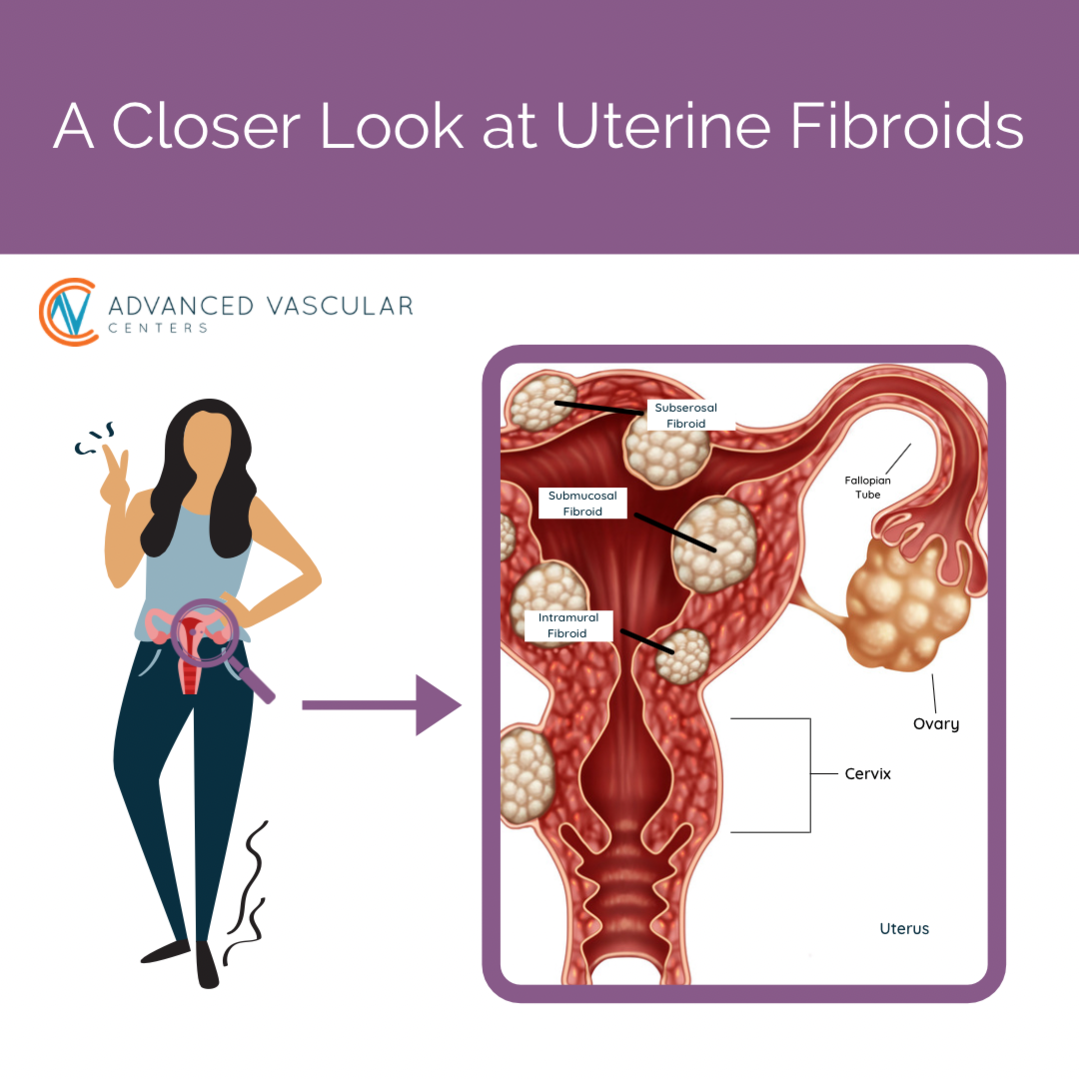THORACENTESIS
Thoracentesis is a medical procedure used to remove fluid or air from the pleural space, the space between the lungs and the chest wall. This procedure is typically performed to diagnose and treat various conditions affecting the lungs and pleura, such as pleural effusion, pneumothorax, or to obtain a sample for diagnostic testing. This article explores the indications, procedure, risks, and post-procedural care associated with thoracentesis.
Contact AVC to see if you are a candidate for Thoracentesis.
Overview of Thoracentesis
Thoracentesis, also known as pleural tap or thoracocentesis, is a procedure used to remove excess fluid or air from the pleural space. The pleural space is a thin, fluid-filled space between the two layers of the pleura, the membrane that surrounds the lungs. Thoracentesis is performed to relieve symptoms such as shortness of breath, chest pain, or to obtain a sample of pleural fluid for diagnostic purposes.
Indications for Thoracentesis
Thoracentesis is typically indicated in patients with:
- Pleural effusion: Excess fluid buildup in the pleural space, often due to conditions such as heart failure, pneumonia, or cancer.
- Pneumothorax: Air buildup in the pleural space, which can cause the lung to collapse partially or completely.
- Empyema: Infection of the pleural space, leading to the accumulation of pus.
- Diagnostic purposes: To obtain a sample of pleural fluid for analysis, which can help diagnose the underlying cause of pleural effusion or other lung conditions.
Post-procedural Care
After thoracentesis, patients are monitored for any signs of complications, such as pneumothorax, bleeding, or infection. They may be advised to rest and avoid strenuous activities for a short period. Follow-up appointments may be scheduled to monitor symptoms and assess the need for further interventions.
Thoracentesis is a valuable procedure for the diagnosis and treatment of various lung conditions affecting the pleural space. By safely removing excess fluid or air from the pleural space, thoracentesis can help relieve symptoms, improve lung function, and provide valuable diagnostic information. Contact us to determine the most appropriate treatment approach.
The Thoracentesis Procedure
- Pre-procedure Assessment: The patient’s medical history is reviewed, and a physical examination is performed to assess the extent of pleural effusion or pneumothorax. Imaging studies such as chest X-ray or ultrasound may be used to guide the procedure.
- Informed Consent: The procedure is explained to the patient, including its purpose, potential risks, and benefits, and informed consent is obtained.
- Preparation: The patient is positioned comfortably, typically in a sitting or slightly reclined position, with the affected side exposed. The skin over the thorax is cleaned and sterilized, and a local anesthetic is administered to numb the area.
- Fluid or Air Removal: A needle or catheter is inserted into the pleural space under sterile conditions and guided by imaging to avoid injury to nearby structures. The fluid or air is then slowly drained into a collection device.
- Post-procedure Care: After the procedure, the needle or catheter is removed, and a sterile dressing is applied to the site. The collected fluid is sent to the laboratory for analysis.
Complications of Thoracentesis
While thoracentesis is generally considered safe, it carries certain risks, including:
- Pneumothorax: The most common complication, occurring in about 5-15% of cases, where air leaks into the pleural space, causing the lung to collapse.
- Bleeding: Rarely, the procedure can cause bleeding into the pleural space, leading to a hematoma or hemothorax.
- Infection: There is a risk of introducing infection into the pleural space, especially if proper sterile technique is not followed.
FAQS
What is a pleural effusion, and why does it occur?
A pleural effusion is the buildup of excess fluid in the pleural space, the space between the lungs and the chest wall. It can occur due to various reasons, including infections, heart failure, cancer, or inflammation of the pleura.
How is a pleural effusion diagnosed?
A pleural effusion is typically diagnosed through physical examination, imaging tests such as chest X-ray or ultrasound, and thoracentesis to obtain a sample of the pleural fluid for analysis.
What are the symptoms of a pleural effusion?
Symptoms of a pleural effusion can include shortness of breath, chest pain, cough, and fever. In severe cases, it can lead to difficulty breathing and respiratory distress.
How long does it take to recover from thoracentesis?
Recovery time from thoracentesis is usually minimal, and most patients can resume normal activities shortly after the procedure. However, some patients may experience soreness or discomfort at the puncture site for a few days.
Is thoracentesis painful?
Thoracentesis is typically performed under local anesthesia to numb the area, so patients may feel some pressure or discomfort but should not experience significant pain during the procedure.
How often can thoracentesis be performed?
The frequency of thoracentesis depends on the underlying cause of the pleural effusion and the patient’s response to treatment. In some cases, thoracentesis may need to be repeated regularly to manage fluid buildup effectively.




